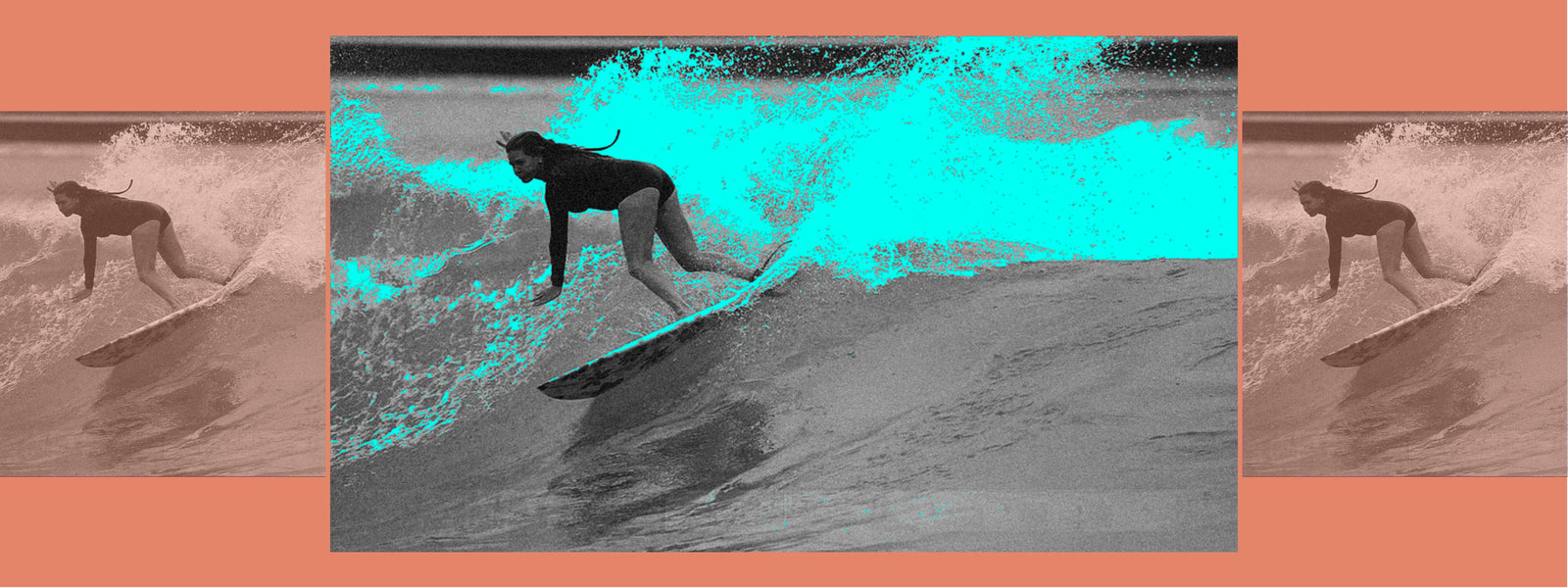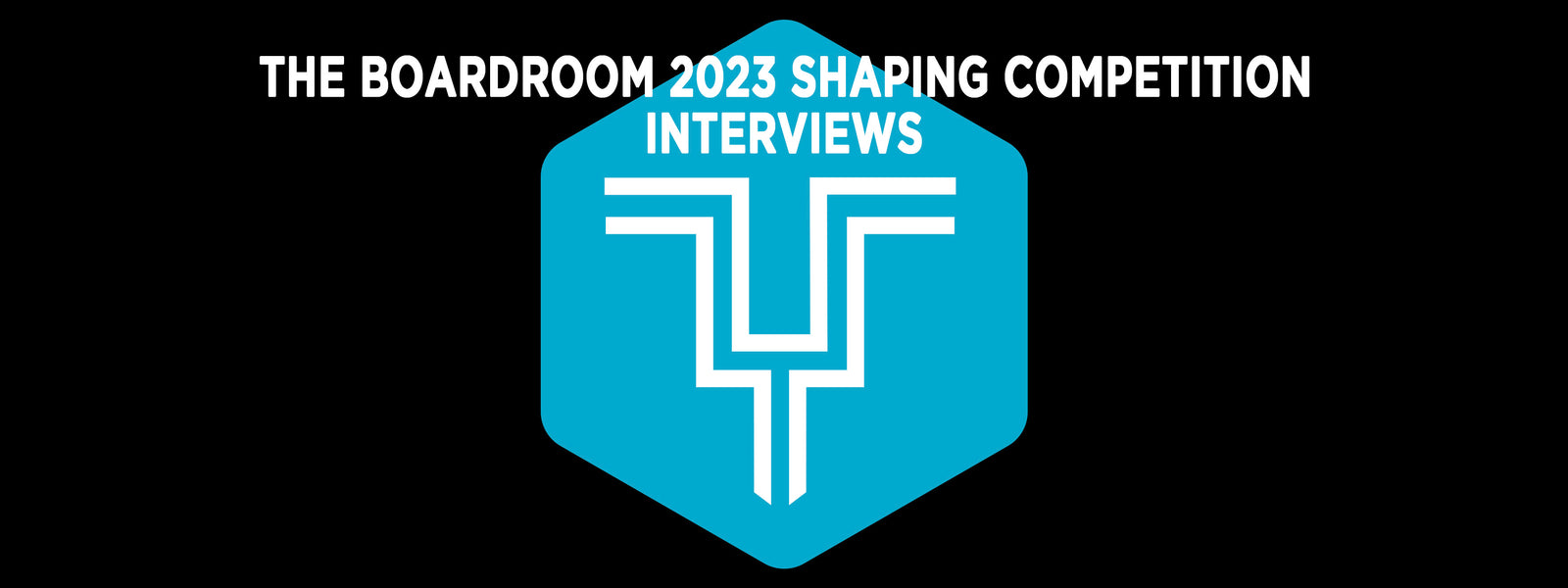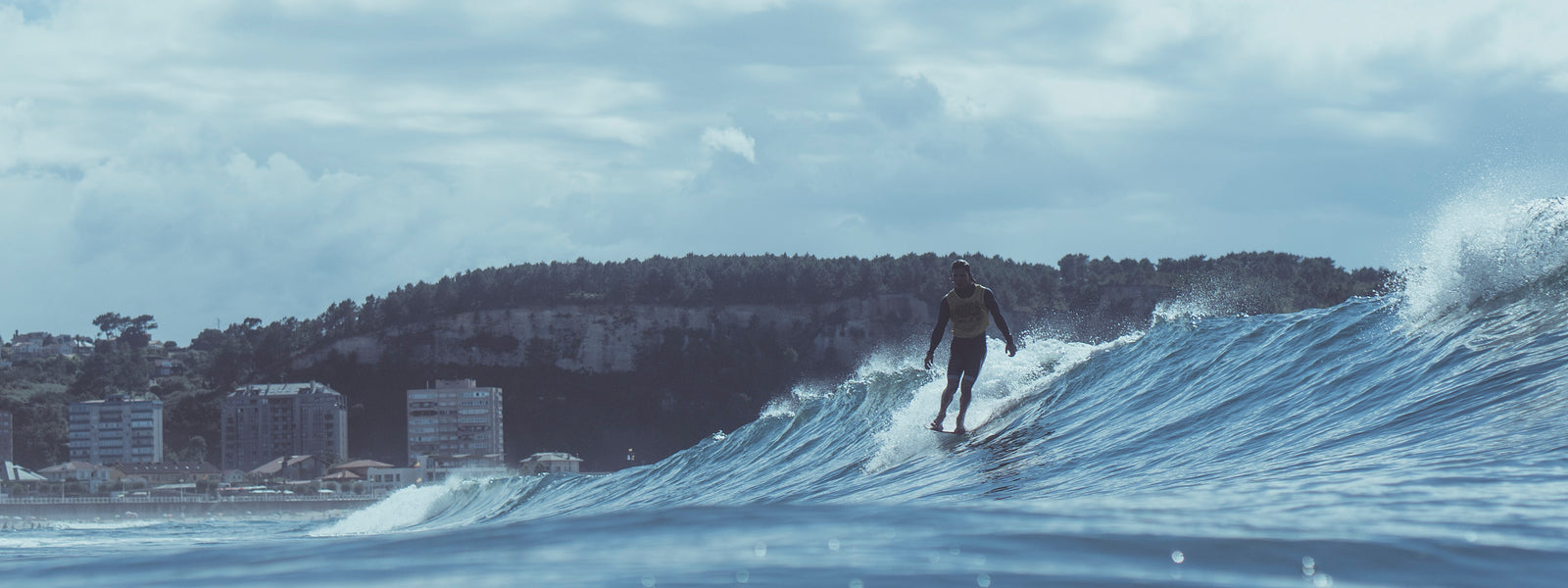- SURFBOARDS
- BING GEAR
- SURF GEAR
- BRAND FAVS
- BOOKS
- Team
- VISUALS
- Log in

THE PHYSICS OF NOSRIDING
March 03, 2023








Also in Bing Surfboards Blog

THE DESTINATION IS THE DESTINATION
May 07, 2024

THE BOARDROOM 2023 COMPETITOR INTERVIEWS
October 02, 2023
Name, hometown, and surfboard brand.
Josh Peterson, hometown Virginia Beach (born) Haleiwa (currently living), and my brand is Peterson Surfcraft.
When and where did you start surfing? Describe your first surfboard.
I started surfing when I was about 15 in Virginia Beach, and my first board was an old funboard from WRV that was about 7’6” and had glass on thrusters and an insane airbrush.

EL CAMPEON
August 22, 2023
News & Updates
Sign up to get the latest on sales, new releases and more…
SOCIAL MEDIA
To stay up to date with Bing Surfboards, follow us on our social media channels. We post daily, and would be happy to have you join us on staying current with Bing!
Links
OUR LOCATION
Visit our shop in Encinitas, CA!
BING SURFBOARDS
974 N COAST HIGHWAY 101
ENCINITAS, CA, 92024
SHOP HOURS
MON - SUN: 10am - 6pm
THANKSGIVING - CLOSED
CONTACT US
760-944-6300
retail@bingsurf.com
© 2026 Bing Surfboards. Quality Manufacturing Since 1959


